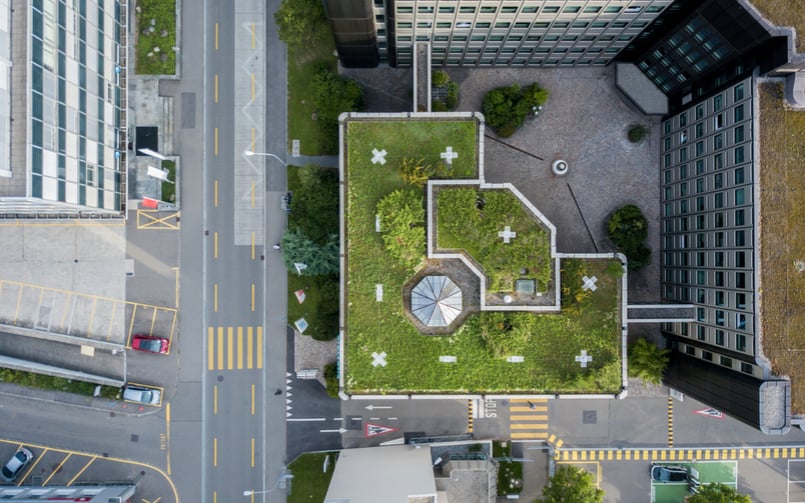Urban design and urban planning are related but different in fundamental ways.
Urban planning is the act of planning the structures of a city, including its policies, infrastructure, neighborhoods, building codes, and regulations. Urban planning, by definition, is the “planning of city strategies, structures and policies.” The focus is more technical and political, and is on the strategy, structure, and policy level.
On the other hand, urban design is the creation of city features based on plans. It includes everything from public space to infrastructure, as well as transportation, landscapes, and community accommodations. Urban design, by definition, is the “design of city features.” It is focused on design and user experience and operates at the features and systems level.
These two different terms operate on a different level with unique focuses, although they share many of the same goals. They both work towards creating sustainable and flexible spaces that improve the quality of life for people living, working, and traveling to the area.
Urban Planner vs Urban Designer
These two different terms are related to two unique career fields – an urban planner and an urban designer. According to study.com, an urban planner makes around $13,000 more per year and requires a master’s degree. On the other hand, an urban designer simply requires a bachelor’s degree.
Both careers involve the use of similar software programs, including GIS and AutoCAD. Urban designers are largely focused on the look and feel of a space, while urban planners are more focused on ensuring everything meets local standards and regulations.
Urban Planner Career Overview
Urban planners often speak at public gatherings and assess market research data to discover the wants and needs of a city. They are tasked with working alongside land developers and public officials to build out plans for the development of parks and public buildings that the surrounding community will benefit from.
An urban planner must visit proposed sites and assess the achievability of building it out. They work on everything from homeless shelters to areas that will attract new business, as well as public spaces like pedestrian plazas and parks.
Key job responsibilities include:
- Deciding where building zones fall – including commercial, residential and industrial zones. The goal is to make sure land is properly developed for the safety and convenience of residents.
- Staying on top of all local building codes and making sure all plans meet regulations
- Using maps and population densities to analyze data
- Working to protect historic buildings and heritage sites
By nature, urban planning is more technical. Creativity still comes in to play, although facts and figures remain the leading dictators of this career field.
Urban Designer Career Overview
Urban designers stay busy meeting up with a range of clients while relying on programs like AutoCAD, SketchUp, and GIS to develop blueprints for city parks and public buildings.
This career requires a good deal of creativity and artistic vision, as well as the ability to make sure plans are workable. They meet with landscapers, civil engineers and a variety of other professionals to create workable designs. After the project is complete, it is important that the urban designer meets with the client to ensure it covers all of their specifications.
Key job responsibilities include:
- Creating a detailed estimate of costs along with a timeline for completion which they then present to their client
- Researching areas to create design plans that fit with existing spaces
- Using spatial dimension data to create scaled drawings of a space or building
- Regularly visiting worksites to ensure the project is moving in the right direction and matches up with existing blueprints.
- Meeting with locals and getting to know what they want and need to get the most out of their city.
Urban designers are more focused on a particular project, while urban planners look at a city on a wider scale. An urban designer focuses on individual features of a city such as a pedestrian plaza, transportation system, or community park. They use their creativity to get the most out of the space for everyone who will use it. Their work is largely based on the plans and regulations created by an urban designer.
Modern urban designers rely on more community involvement than they have in the past, as this helps produce cities that work for the people who live in them.
The Importance of Urban Design & Urban Planning
Both urban design and urban planning are incredibly important to the overall look, feel, and functionality of a city. Each one works towards the overall wellbeing of a city in its own unique way.
TerraCast Products works with both urban planners and urban designers to create cities that work and function better for the future. Our wide range of products can be found in pedestrian plazas and public spaces throughout the US.

